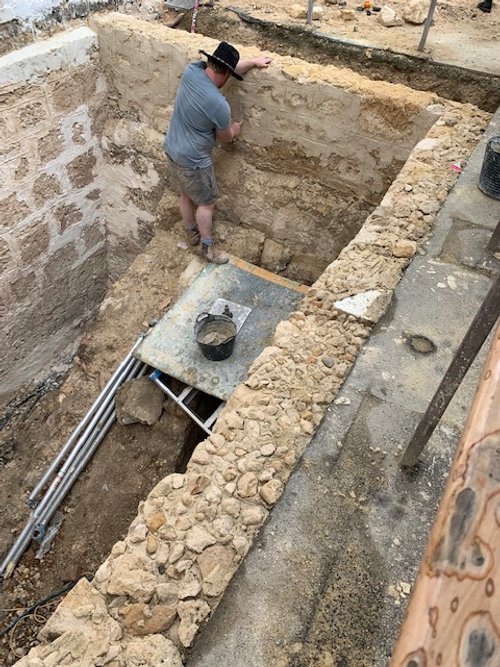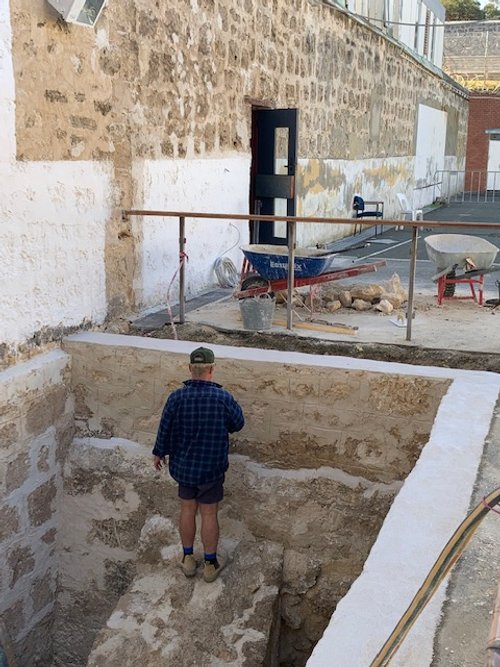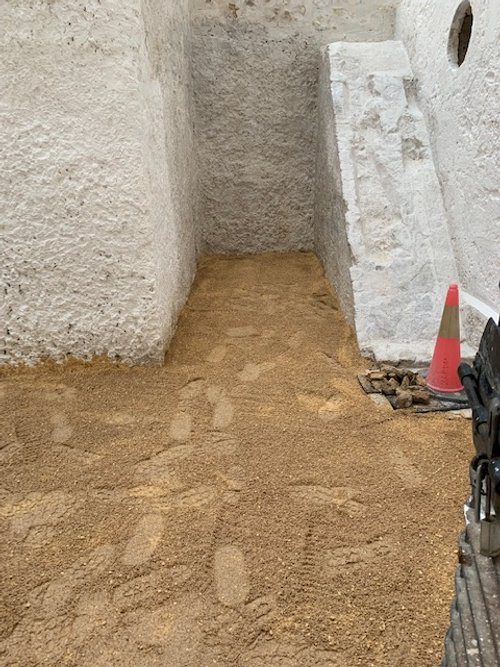
heritage conservation case study
Fremantle Prison
Fremantle Prison
1 The Terrace,
Fremantle, Western Australia 6160
location
overview
Lead Architect
Henry William Reveley
Architectural Style
Gothic Revival
Constructed
1851 - 1859
Operational
1859 - 1991
cultural importance
Fremantle Prison is a heritage site with exceptional cultural heritage significance at a state, national and international levels. It is the most intact of all Australian convict sites, one of the most extensively documented conservation sites in Australia, and has undertaken six major conservation projects since 2020.
In 2010 the Prison was place on the United Nations Educational, Scientific and Cultural Organization (UNESCO) World Heritage List, the first building in Western Australia to be bestowed the honor.
Above: Fremantle Prison main building with inmates parading in front. Photo taken ca 1971, when it was still operating as a maximum security prison.
"Fremantle Prison inmates and main front" by Iwelam is licensed under CC BY-SA 4.0. Source: [https://en.wikipedia.org/wiki/File:Fremantle_Prison_inmates_and_main_front_Iwel_jpeg_convert.jpg]

Fremantle Prison Commissariat Conservation Works
The Commissariat is located in the basement of the north wing of the Main Cell Block, and is a purpose-built, convict era structure designed to house goods and supplies for distribution to Depots located throughout the State. In 2019 a structural condition report revealed that the 1907 concrete roof over the North Yard had become so corroded that it was no longer safe.
The scope of this project includes the Commissariat, the Special Handling Unit, and both the Western and Southern Pits.
project team
Heritage Architect
Courtenay Heldt
Project Lead
Kardan Construction
Heritage Stonemason
Regal Heritage Restoration
Archaeologists
Archae-Aus
Electrical Services
Wilco
Painters
Moorditj
Fremantle Prison Site Plan
The project’s objective is to ensure the safety for visitors to the area, utilising historically accurate conservation of the site's heritage. The works will facilitate adaptive reuse of the areas, including architectural tours and art exhibitions, numerous event types and school tours.
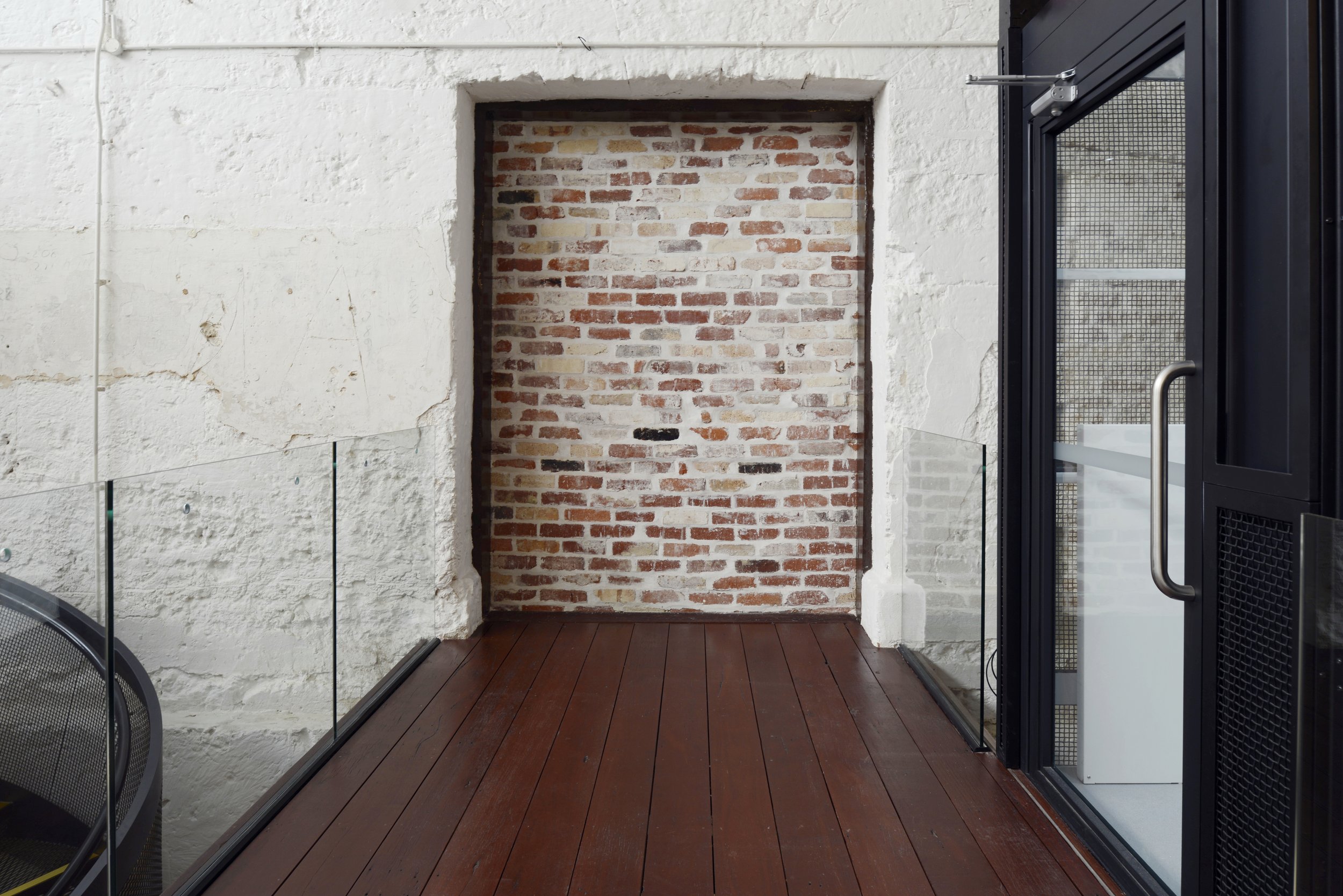
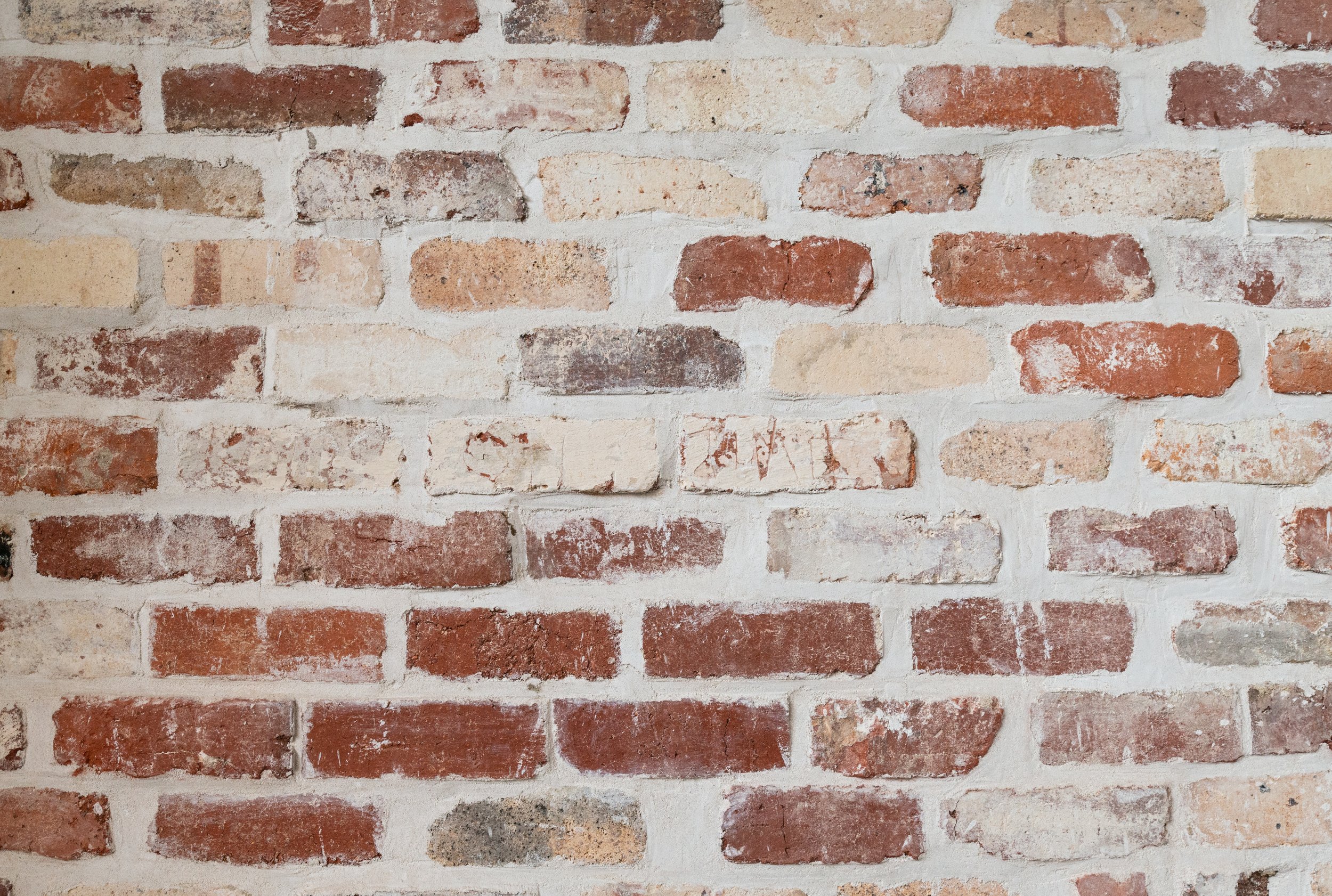
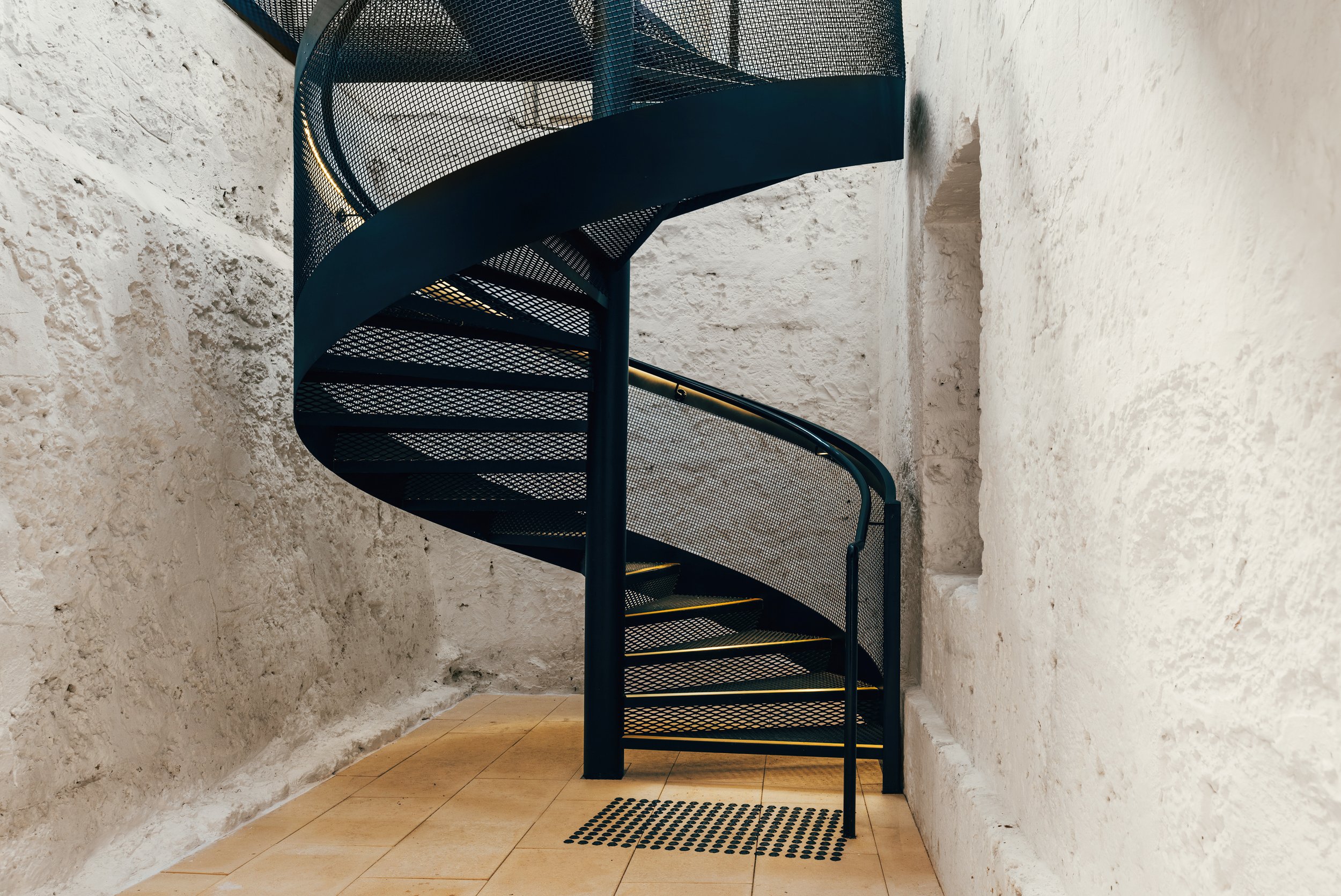
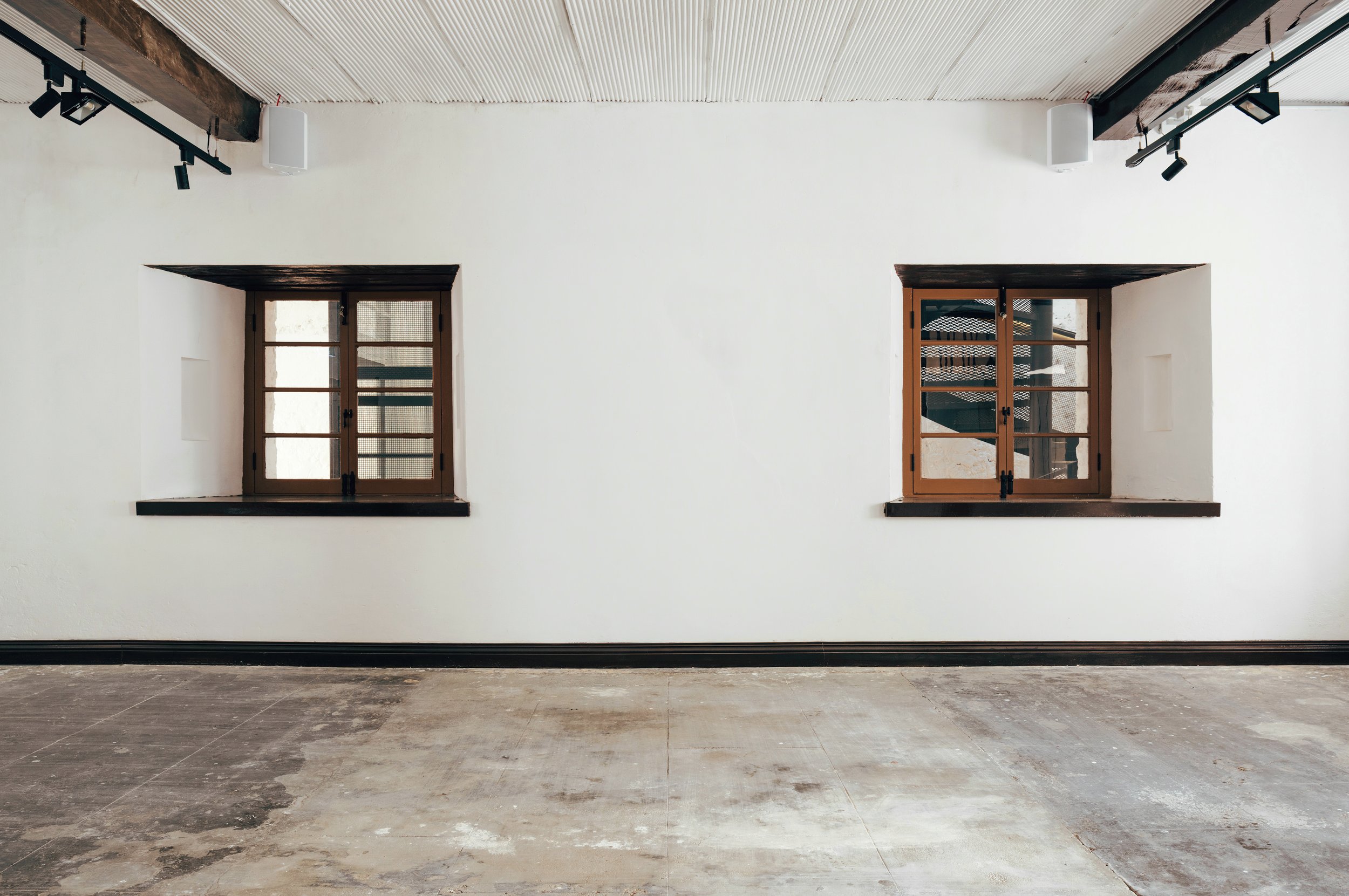
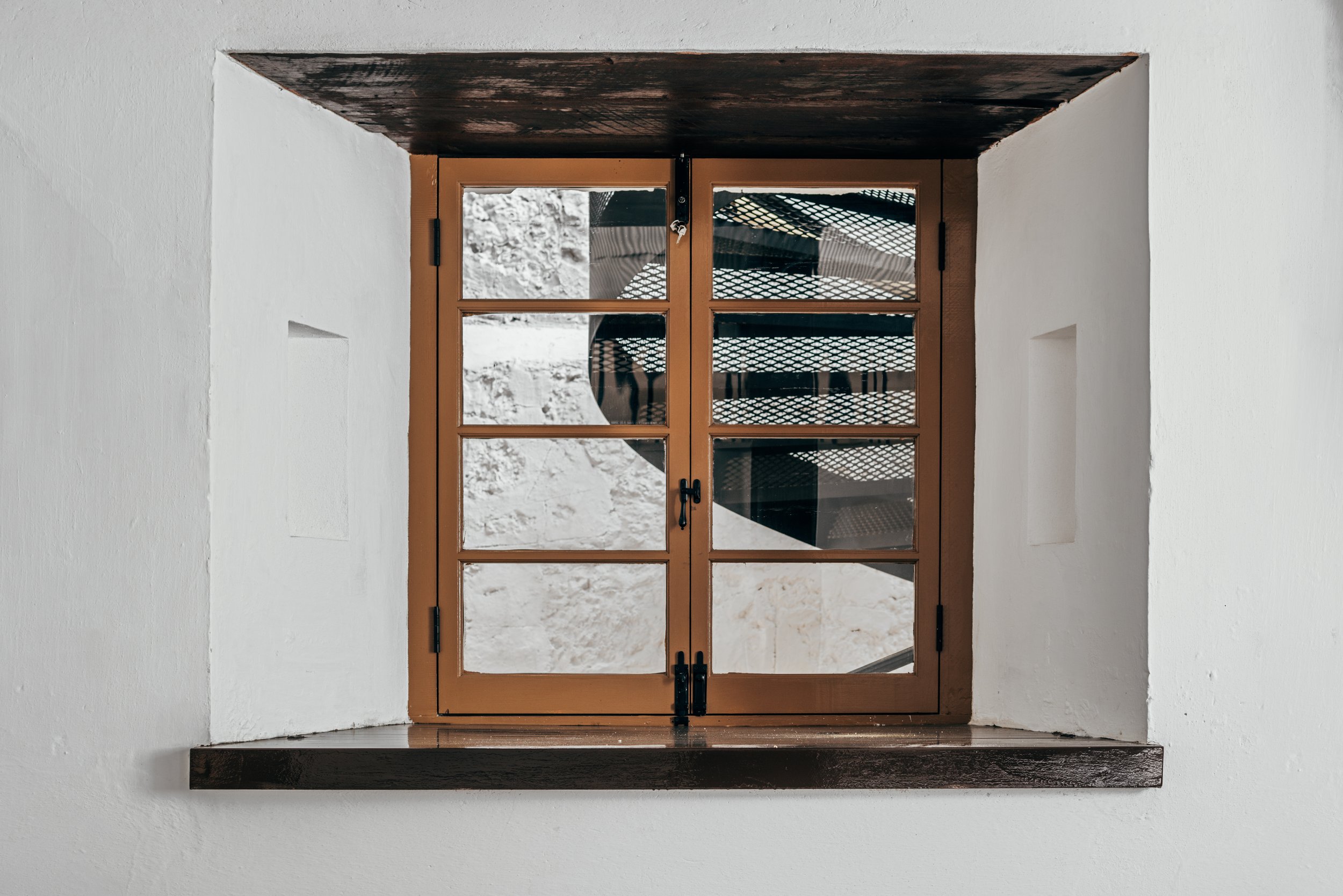
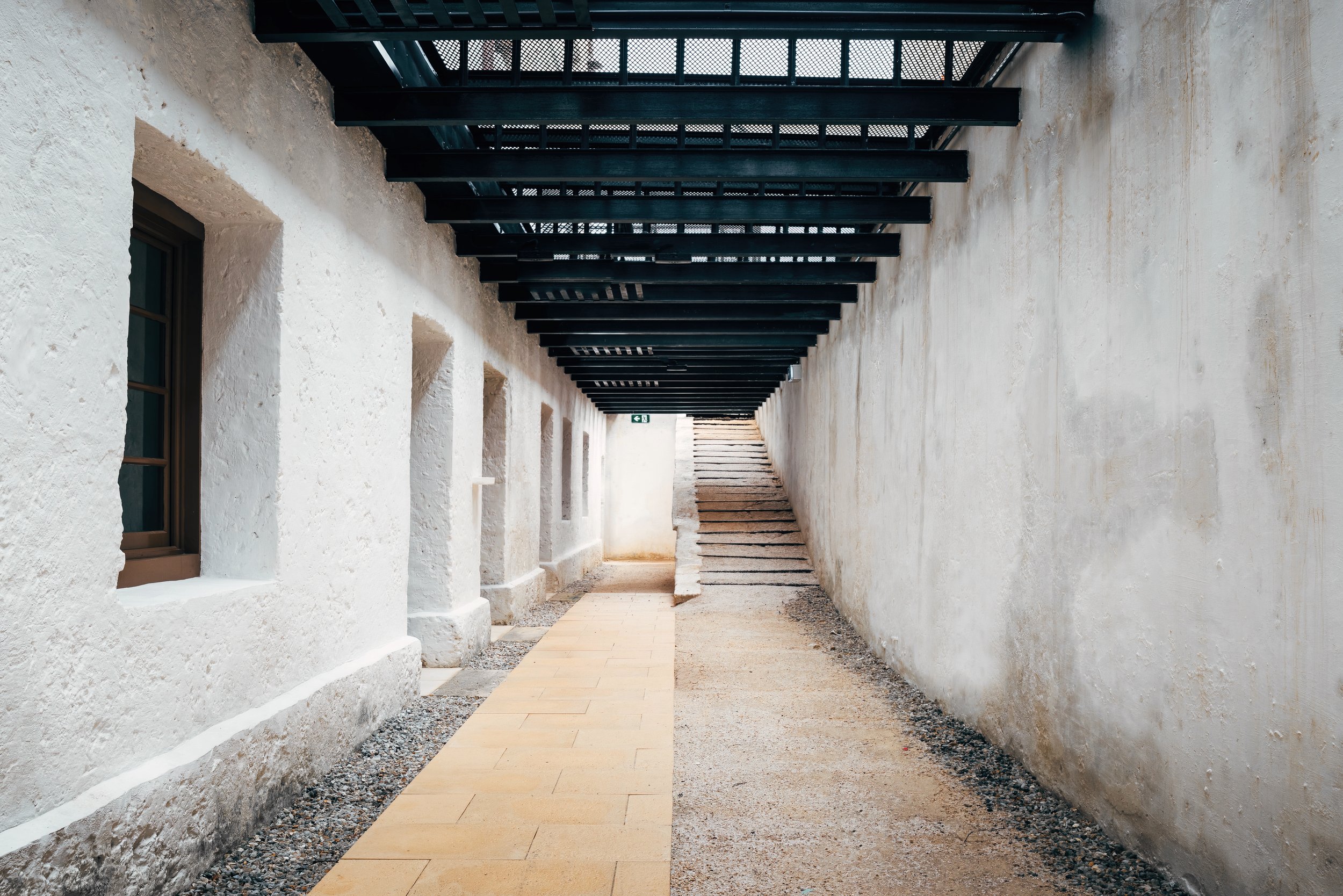
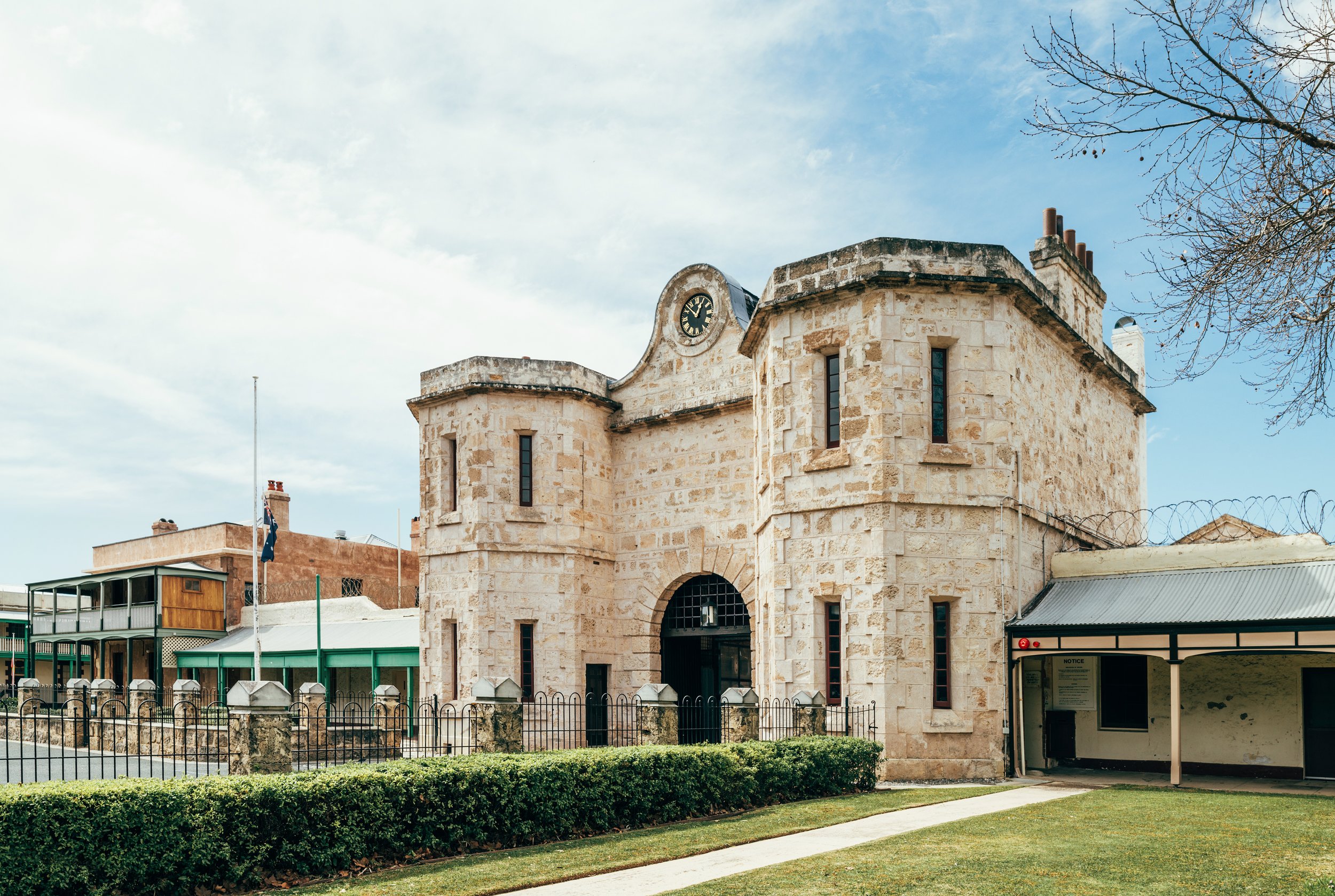
Regal Heritage Restoration Scope
Before conservation the Commissariat was very run down with walls discoloured from age and damp. The southern pit area was in a critical state, requiring structural walls rebuilt and tied into existing walls with natural exposed limestone. It also required restoration of the ramps, with mortar pointing and striking lines to match existing pointing and striking. The area was deemed unsafe for the public and hadn't been utilised since 2019.
Careful removal of inappropriate cement render and pointing from original limestone walls
Protection of significant historic graffiti
Retention of early lime render and pointing insitu
Piecing in of new limestone blockwork where original fabric had deteriorated or was no longer extant
Re-rendering and plastering of limestone walls to match original mortar compositions
Repointing of stonework to match original mortar composition and pointing profile
Repair of window lintels and reveals
Limewashing of all walls where evidence of former limewash was extant
Sourcing and matching materials salvaged at the prison
Restoration of two fireplaces with original salvaged bricks and reinstated stoops below
Southern Pit Restoration Process
Careful removal of cement render and pointing from original limestone walls;
Preparing and batching lime mortars using traditional lime putty;
Making good to walls where former services or patch repairs had been removed;
Lime plaster repairs;
Repointing and joint profile repair work;
Conservation and protection of significant graffiti; and,
Limewashing.
Before restoration- Southern Pit (2021)
After restoration - Southern Pit (2022)
Project Reflections
With the completion of this project, Fremantle Prison has gained a valuable part of the Main Cell Block back for use as a function and event space. Revitalised and repurposed, these spaces offer people the chance to engage with the site in a variety of ways; experiencing the culture and the architecture of the time whilst on tours, as an entirely unique venue for corporate and artistic events, and importantly, school tours will now have access to some of the early historic information of the Swan River colony, in its purest form.
These programmatic innovations ensure the Prison’s activation and ever-increasing value to the local community and tourists alike.
One of the biggest challenges (and joys) of the project was met through close collaboration with the project archaeologists Archae-Aus. Many small finds of historical significance were uncovered during the conservation and restoration process, including tobacco pipes, leather prisoner boots, cat and dog bones, buttons and more. Methodologies of working within an archaeologically rich and sensitive site were carefully employed by the project team.
The project is coloured by many unique and specialised touches - for example, relayed bricks salvaged from the Prison that read ''roll on time' - a message graffitied by a prisoner, which were installed on display in a brick wall of the Special Handling Unit.
Get in touch
We are keen to chat about your project - whether its big or small. Feel free to call, text, or email us for an obligation-free quote



